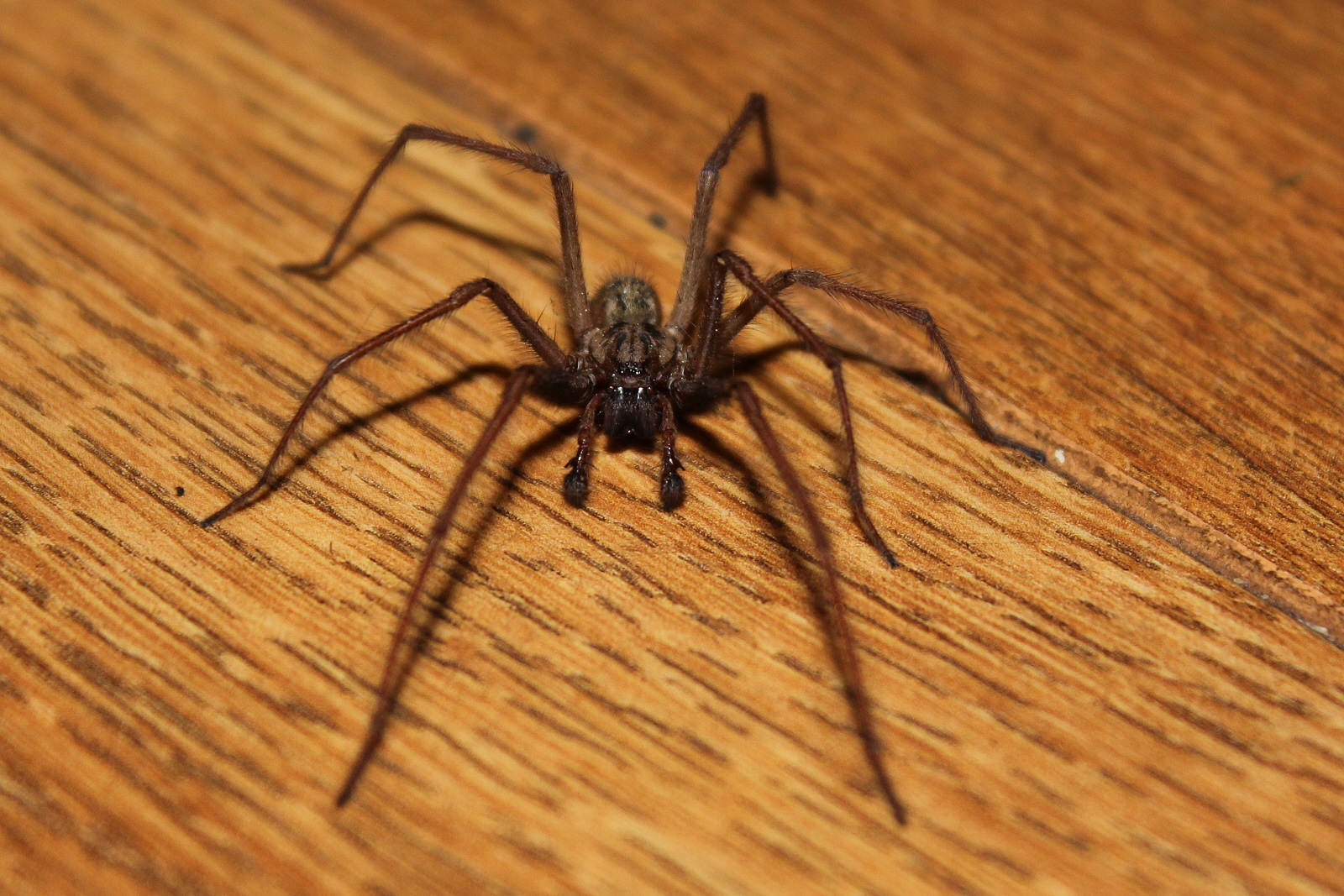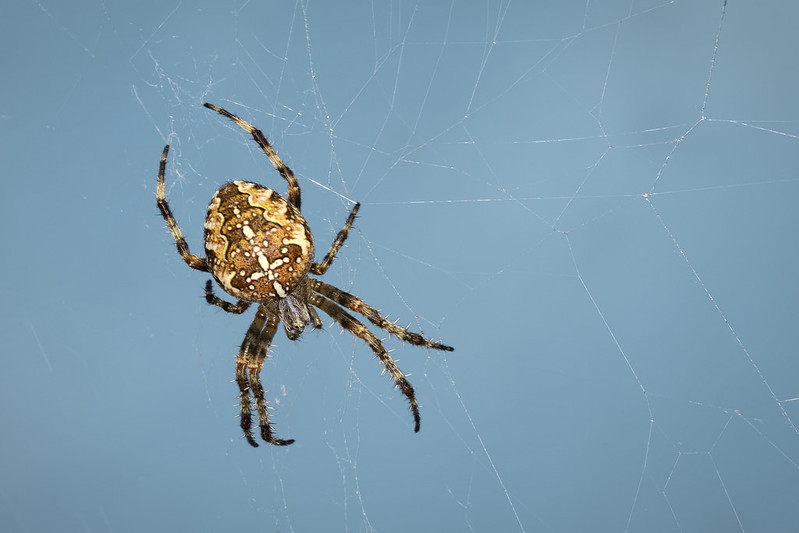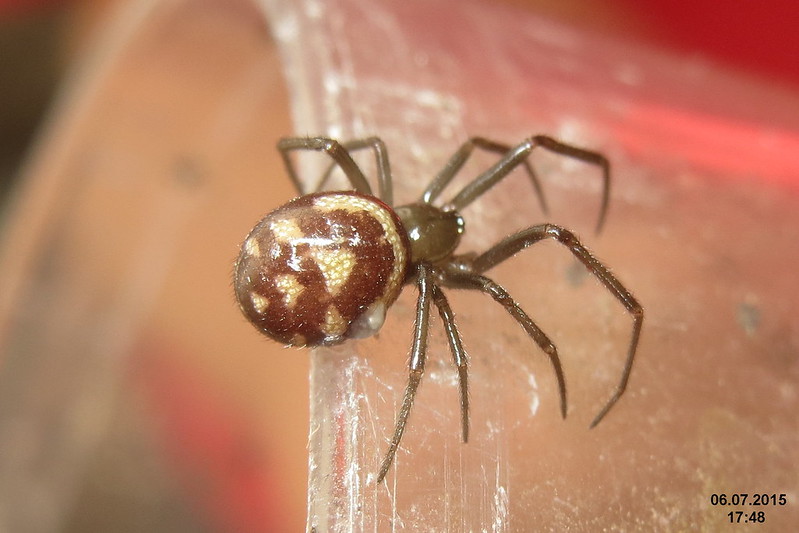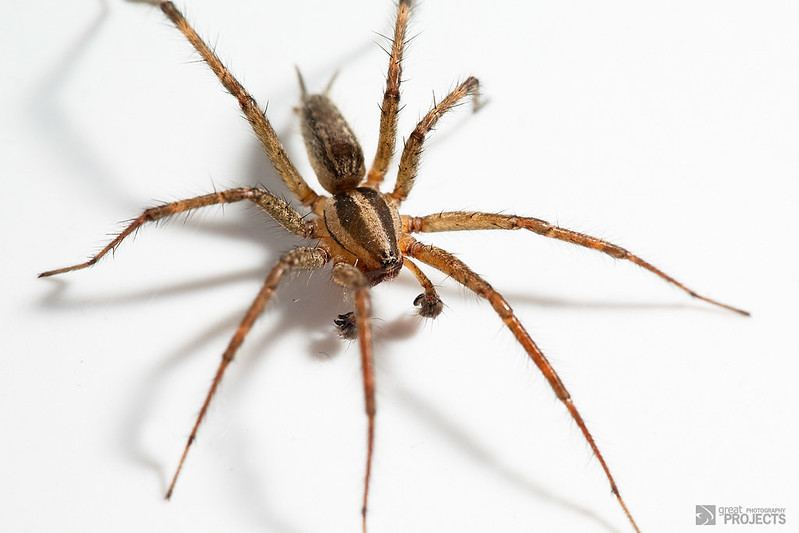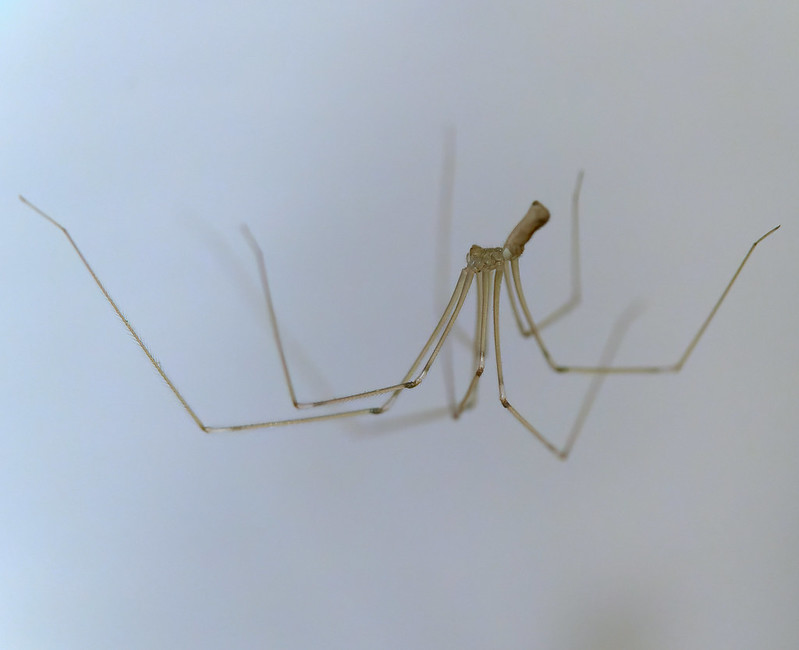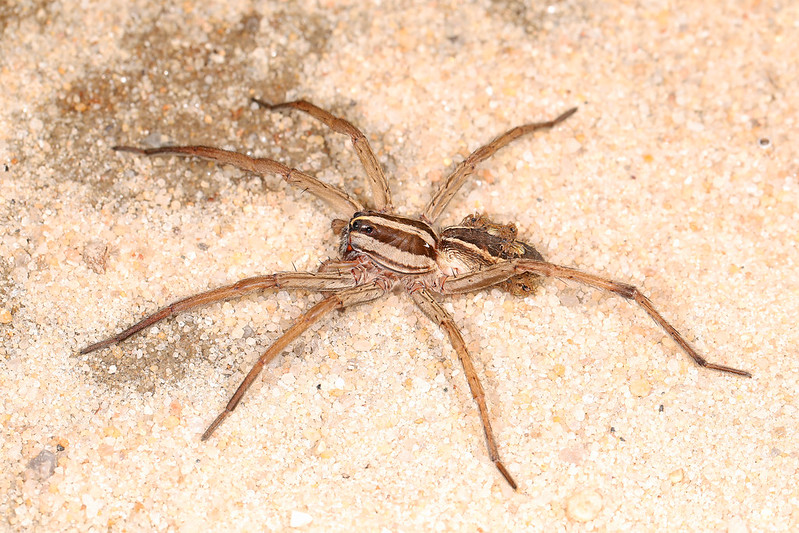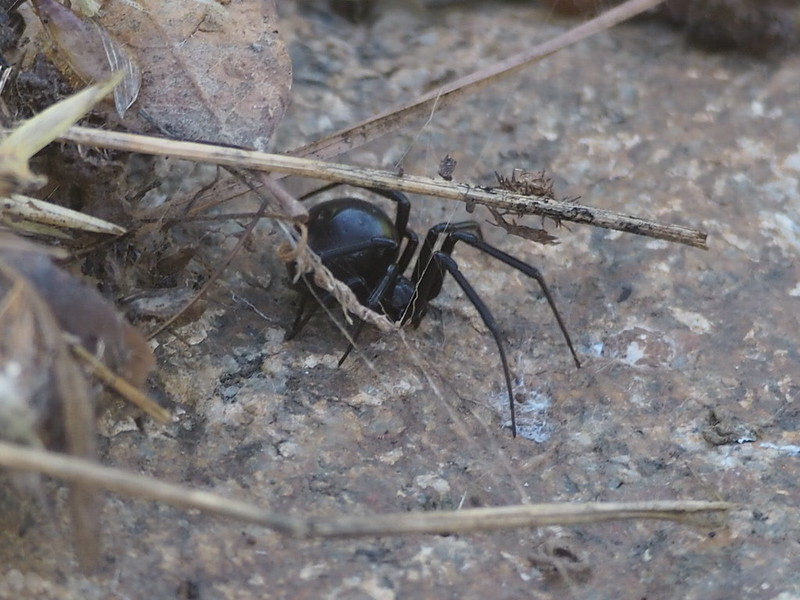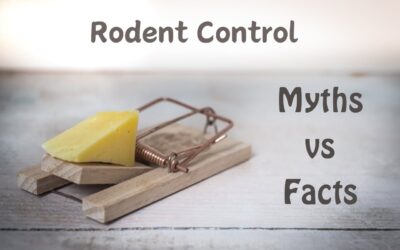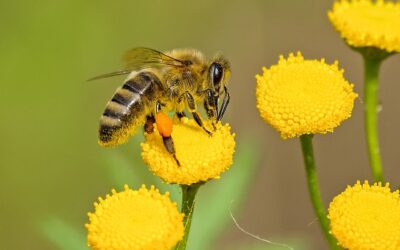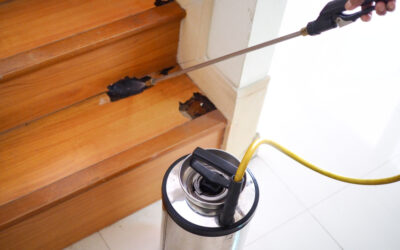It may come as a surprise but this time of year is an active time for spiders. If you pay close attention you will begin to see that there are spiders hanging out in the crevices of your siding or along the edges of beams under your front porch. You may even notice some of the bigger spiders trying to come inside. In the fall is when spiders begin to mate which makes it a very active time for these pests. They are also looking to find warm areas to live in throughout the winter which is why they want to come inside.
Common House Spider
The common house spider, also known as the American or domestic house spider, varies in color from tan to almost black. Most common house spiders have patterns with different shades on their body to help them blend into the background without being noticed. These spiders can live over a year after reaching maturity. They like to feed on small insects within the home such as flies, mosquitoes, ants, and wasps making them a very useful pest. If they are left alone they are not a threat to humans but if you do come into contact with one the most you will leave with is a bite mark with some inflammation surrounding the bite.
The Cross Orb Weaver Spider
The cross orb weaver spider, also known as the garden spider, is a common spider typically found outside by windows, patio furniture, porch lights, or around corners of the home. Female cross-orb weaver spiders specialize in spinning beautiful orb webs to catch their prey. When prey comes along it is quickly bitten by the female spider who is hiding somewhere close by. She then wraps up her prey to be stored for later consumption. The initial bite paralyzes the prey and minimizes damage to the spider herself. The enzymes from the venom will start to liquefy the prey’s insides by the time the spider is ready to eat. Female spiders are known to eat their partner around the time of mating if the female spider decides to do such. Other than attacking each other, they are harmless if left alone.
The False Black Widow
Both male and female false black widow spiders are similar in coloring from a purplish brown to black with lighter markings but males have reddish-colored legs. False black widow spiders do not, however, have an hourglass shape underneath their abdomen. They live up to fifteen years with the females having a lifespan of about six years.
False black widows have very poor eyesight just like most web-weaving spiders so they rely on the vibrations of their webbing to catch prey or sense danger. They are not naturally aggressive spiders but will bite if they feel threatened. Bites to humans from these spiders will most often result in minor symptoms that will quickly pass.
Hobo Spider
The hobo spider is very similar to most other funnel spiders with a few specific details separating them. It builds its web in the ground or somewhere close making a funnel-like shape that serves as a trap for prey. You will find this spider around the foundation of homes, near rocks, and around wood.
To identify the hobo spider one must look closely at its sternum where you will notice a light strip that runs down the middle. Their abdomen also has chevron-shaped patterns that point to the head, unlike other funnel spiders that have bands that go across. Because they are difficult to identify arachnologists rely on confirming identification through their sex organs to verify the species.
These spiders were once thought to cause necrosis from their bites but as of 2017 the CDC no longer considers them among venomous species as there is no proof that necrosis results from their bites.
Long-Bellied Cellar Spider
Long-bellied cellar spiders, also known as long-bodied cellar spiders or daddy longleg spiders, are small arachnids with elongated bodies and long, thin legs that are found throughout much of the U.S. They are typically found in dark, damp places such as basements, crawl spaces, and cellars. These spiders are generally harmless to humans and are not known to bite or cause any other harm due to the fact that their fangs are not strong enough to penetrate human skin. Long-bellied Cellar spiders are typically light brown or grey in color and can be identified by their long, thin legs and small, narrow bodies which make them easy to miss when it comes to noticing spiders around your home.
Wolf Spider
Wolf spiders are a type of spider found in many parts of the world, including the Pacific Northwest. They are named for their hunting behavior, which is interestingly similar to that of wolves. These spiders are relatively large, with some species reaching up to 2 inches in length. They are generally brown or grey in color and have a distinct pattern of dark and light markings on their bodies.
As noted before, Wolf spiders are agile hunters and do not spin webs to catch their prey. Instead, they rely on their quick reflexes and good eyesight to locate and capture insects and other small arthropods. In the Pacific Northwest, wolf spiders can be found in a variety of habitats including forests, fields, and gardens. They are generally not aggressive towards humans and do not pose a significant threat. However, if provoked, they can bite and are considered toxic to humans.
The Western Black Widow
The western black widow is a venomous spider that can be found in some parts of the Pacific Northwest. It is medium in size, with females reaching about 1.5 inches in length and males being smaller at about 0.5 inches in length. You will know it’s a western black widow by its shiny, black body and the distinctive red hourglass shape on the underside of its abdomen.
Female western black widows are more venomous than males and are known for the distinctive red hourglass shape on their abdomen. They are generally shy and non-aggressive, but they can bite if they feel threatened. The venom of a western black widow spider is toxic to humans and can cause muscle cramps, abdominal pain, and difficulty breathing. However, bites from these spiders are generally not life-threatening and can be treated if one is bitten.
If you are concerned about spiders around or in your home call your local pest control company to come to assess your property and give you options on how you can prevent spiders from making your home their own.

